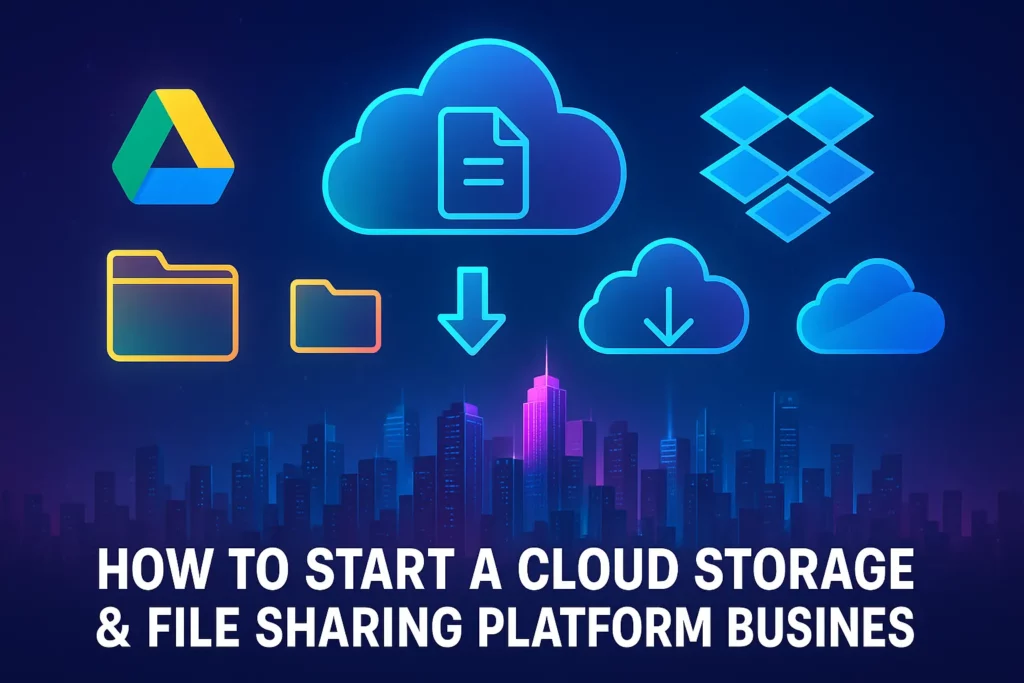In 2025, launching a travel booking app isn’t the finish line—it’s just the start of a bigger journey. The market is exploding with travel-hungry users, and everyone’s got a smartphone with wanderlust. But with competition fiercer than a hotel buffet rush, how do you actually stand out? That’s the million-dollar question. Because if your app doesn’t ping on people’s radar, it might as well be invisible.
Let me tell you—when my team launched our own travel app last year, we assumed users would just come running. We had slick UI, fast booking flow, real-time fare updates… the works. But crickets. Nada. It wasn’t until we switched gears and focused entirely on post-launch marketing that things started to move. Like, viral-move.
This blog is your cheat sheet. We’re talking influencer plays, SEO moves, user review tricks, referral magic, and the ultimate paid strategy that actually pays. Whether you’re a bootstrapping solo founder or a startup with VC fuel, there’s something in here for you.
So grab a chai (or cold brew, no judgment), and stick around. By the end, you’ll have a playbook to take your shiny new travel booking app from zero downloads to user-favorite. And if you’re still exploring app development, Miracuves can help you build the dream.
1. What Happens After Launch? (And Why It’s Crucial)
You’ve shipped your MVP. Your app’s on the Play Store and App Store. Time to relax?
Wrong.
The real game begins after launch. Users are picky, spoiled for choice, and influenced more by reviews than features. Your app needs attention—good, strategic attention. That means storytelling, community-building, and staying top-of-mind during users’ trip planning moments.

2. Build the Buzz: Pre-Launch to Early Users
Marketing starts before the app hits the store. Here’s what you should have done (and can still do retroactively):
- Create teaser campaigns and waitlists.
- Offer early-bird promo codes or referral bonuses.
- Partner with travel bloggers and micro-influencers.
- Drop sneak peeks of the app’s booking flow or destination guides.
3. Influencer Marketing Isn’t Dead (But It Needs a Makeover)
Forget the big names. Focus on niche travel influencers—the ones with loyal audiences planning budget trips, luxury stays, or even eco-travel. Partner with those who align with your app’s target destinations or features.
And let them actually use the app. Authentic stories win over staged posts.
4. Focus on Ratings, Reviews & User Love
Social proof isn’t optional. Here’s how to juice it:
- Offer rewards for reviews (discounts, entries into giveaways).
- Prompt in-app review nudges after successful bookings.
- Highlight 5-star reviews on social media.
5. Crank Up Your ASO & SEO Strategy
Yes, App Store Optimization still matters. Use keywords travelers search for: “cheap flight app,” “last-minute hotel deals,” “group booking travel.”
And on your blog or website, target long-tail SEO terms: “Best time to visit Bali with kids,” “How to book Europe train passes app,” “Top travel apps 2025.” Tools like SensorTower can help you analyze what keywords are trending and what your competitors are doing right.
6. Retarget Like a Pro (a.k.a. Don’t Let Visitors Bounce)
Someone visits your app or website and leaves without booking? Don’t lose them.
Use Facebook Pixel, Google Retargeting Ads, or Push Notifications to remind them of that dream trip they almost booked.
Offer urgency: “Only 2 rooms left at that Bali beach villa!”
7. Referral Programs That Actually Work
You know the drill: refer a friend, get a discount.
But make it irresistible:
- Double-sided rewards (both get ₹500 off).
- Stackable credits (refer more, save more).
- Gamify referrals with leaderboards.
8. Content + Community = Long-Term Win
Create content around the trip—not just bookings.
- Travel hacks, visa guides, destination deep-dives.
- Facebook Groups or Telegram channels for travel Q&As.
- UGC campaigns: “Share your trip and win.”
It’s not just a booking app—it’s a travel companion.
Conclusion: Travel Marketing is a Journey, Not a Campaign
Your app might be packed with features, but marketing gives it wings. Think beyond installs. Focus on community, content, and conversion triggers that matter. Keep listening, tweaking, and engaging.
Remember, travelers want more than bookings—they want stories, simplicity, and smart savings. Be the app that gives them that… and they’ll come back for every trip.
If growth has slowed or traction feels shaky, maybe it’s time to revisit how your app connects, communicates, and converts. And if you ever feel stuck or need a second set of eyes on your strategy, feel free to reach out to the team here—a fresh perspective can make all the difference.
FAQs
Q1. How much should I spend on travel app marketing post-launch?
Start lean with ₹50k–₹1L monthly for ads, but invest heavily in organic marketing (content, SEO, partnerships) for compounding returns.
Q2. Is Instagram better than Google Ads for travel app marketing?
Depends on your audience. Instagram is great for visuals and influencers; Google Ads are better for intent-based targeting.
Q3. Do I need a blog for my travel app?
100%. Blogs drive long-tail SEO traffic and establish trust. Post destination guides, travel tips, and app tutorials.
Q4. When should I start influencer campaigns?
Right after launch—or even better, during soft launch. It creates FOMO and builds early traction.
Q5. Are referral programs worth the setup?
Yes. If done right, they convert users into marketers. Make sure the rewards are enticing and easy to redeem.
Q6. What KPIs should I track?
Track downloads, active users, bookings, retention rate, CAC (customer acquisition cost), and LTV (lifetime value).







